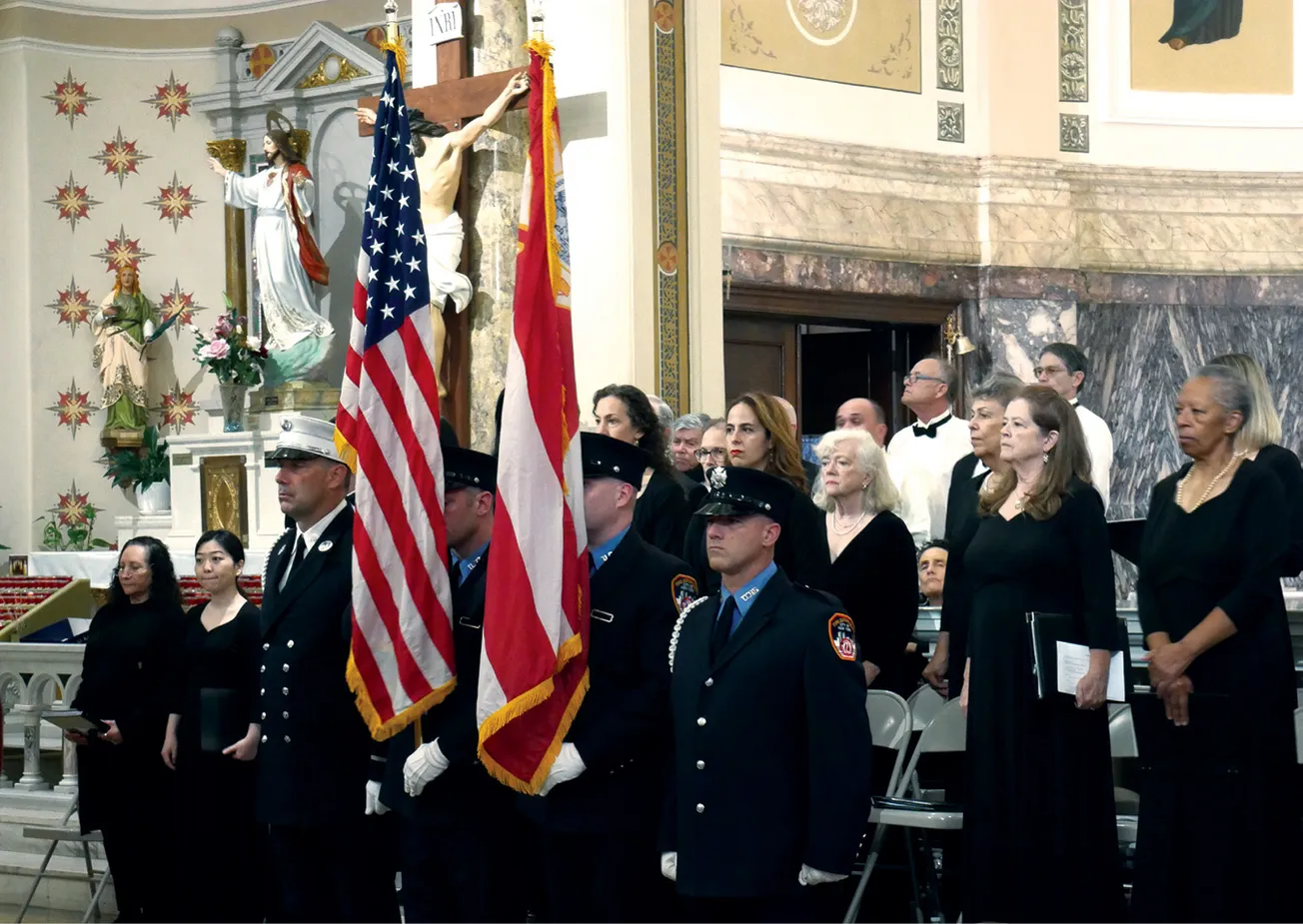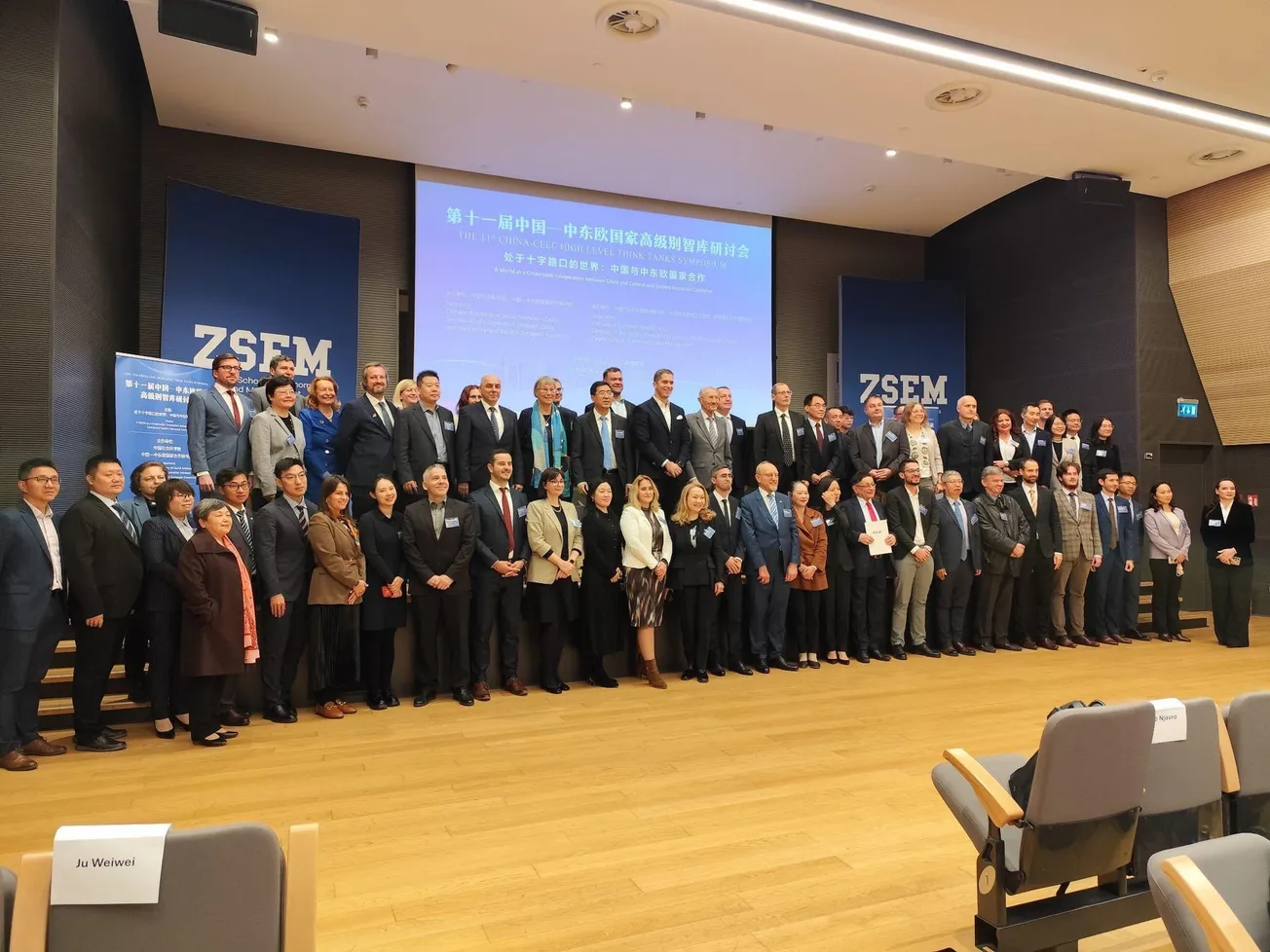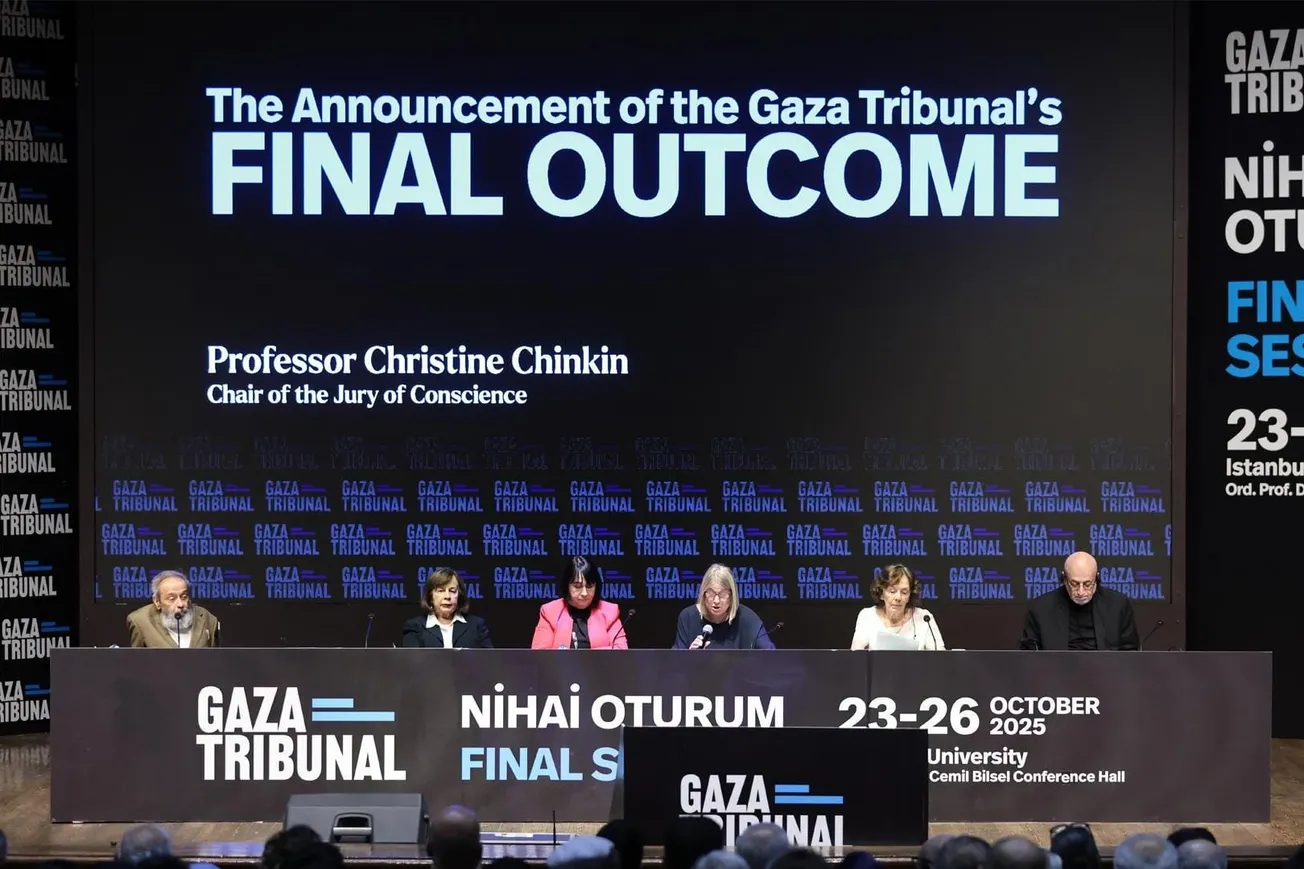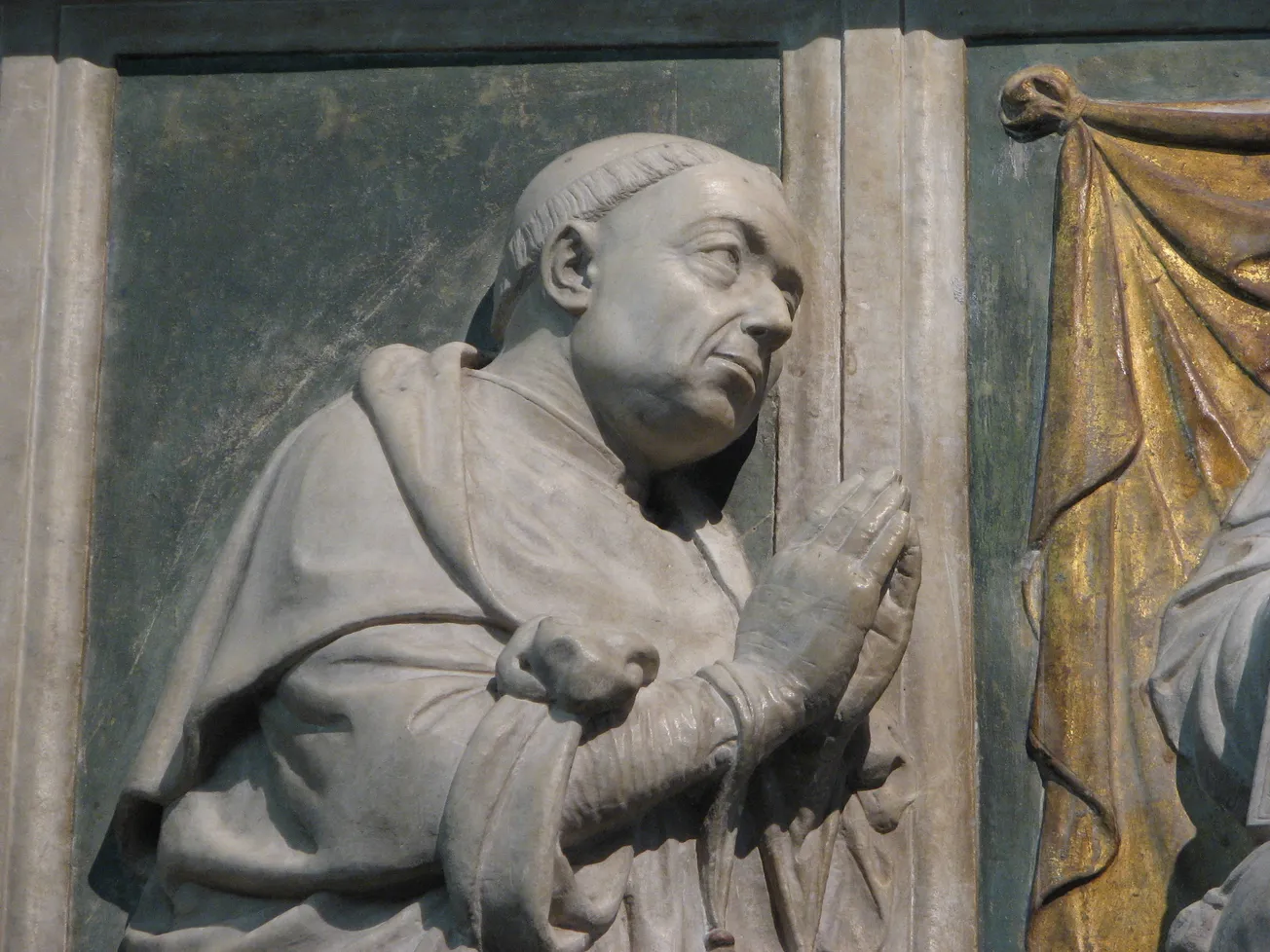How does a concert become more than a concert? On one level, it may formally dedicate itself to support of a cause or to a higher purpose. More profoundly, it may be composed throughout, not only by the thoughtful selection and ordering of pieces, but by integrating them into a higher level of presentation which seeks to evoke from performers and audience members, alike, an elevated comprehension of their own humanity.
Over the past decade or so, the Schiller Institute has been composing events with this in mind. Its latest effort offered an outstanding result of that decade of creative development. On September 15th the Schiller Institute NYC Chorus presented its annual 9/11 Memorial Concert in the Little Italy district in The Bronx, NY. This chorus, founded in 2014 by Diane Sare, currently a candidate for U.S. Senate in New York State, has presented a Memorial Concert each year since 2016 in order to bring to bear the beauty of Classical music against the growth of violence in the United States and around the world. This year the event took place in the well-known community institution, the beautiful Our Lady of Mt. Carmel Roman Catholic Church.
Remembrance
Remembrance is a human thing. From it we draw the promise of immortality and the potential for justice and peace. Dante Alighieri, in his Divine Comedy, placed the indifferent in the antechamber of hell, to remind us of all future generations, in a sense, looking back to us today, imploring us to give them a life as our forefathers gave us ours. Will we keep the flame of remembrance burning for those departed, to preserve the immortal bond of humankind alive for future generations?
On September 11, 2001, nearly 3,000 people from 115 different nations died in the terrorist attacks on New York and the United States; more than 3,000 children lost at least one parent. Among the dead were 343 New York City firefighters and paramedics, and 60 officers of the NY Police Department and the Port Authority of NY and NJ Police Department, who died, not trying to escape, but going into the inferno to rescue thousands who would otherwise have perished. Since then another 3,000 or more have died from related injuries and health conditions.
Rescuing hundreds of thousands more trapped at the bottom of the island of Manhattan that day in the cloud of poisonous dust and debris, entailed the largest sea evacuation in history. U.S. Coast Guard Commander Michael Day saw the unfolding catastrophe while patrolling, with overfilled boats threatening to capsize and more and more people jumping into the water. Within 15 minutes of his prompt call for “all available boats,” New York Bay filled with boats of all sizes, commercial and private. Nearly 500,000 civilians were rescued from lower Manhattan by boat in less than nine hours.
Poetic Composition for the Future

In remembrance, a presentation of the colors was made by the Ceremonial Unit Color Guard of the Fire Department of New York, and the chorus sang the National Anthem, followed by an invocation by FDNY Chaplain Msgr. Jamie Gigantiello.
“Without Art,” Friedrich Schiller tells us, “man would scarce be human; with it he rises above the brute and takes a more divine nature.” Art it was that wove through the concert’s musical program a poetic and compelling narrative, delivered by the Institute’s Dennis Speed and former Metropolitan Opera soprano Elvira Green.
“We have chosen to remember the thousands of dead as a musical composition,” said Speed. “We sing not of their tragedy, but of their hope for the future.” Music, he said, “can allow us to externalize our inner thoughts without necessarily speaking.… Music can be everywhere.”
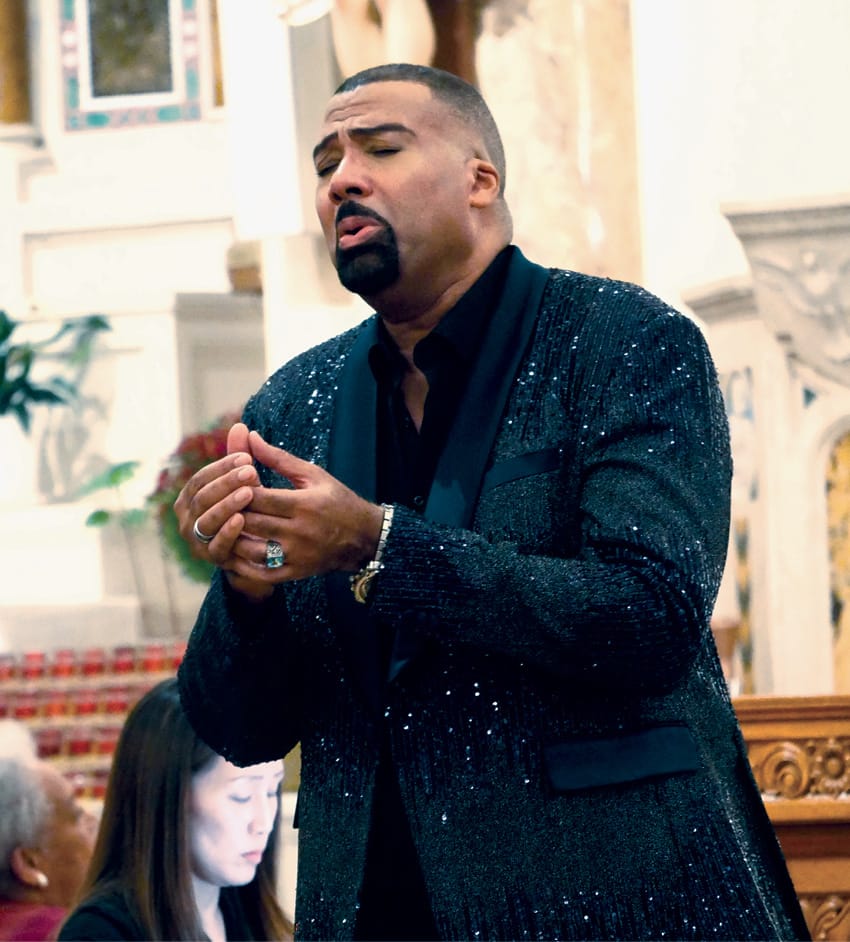
The presentation of both solo and choral works revolved around the unfinished 19th-Cenury initiative to create an American School of Classical music. Drawing from works including old American folk songs, Negro Spirituals, and works by foreign composers using American lyrics or melodies, the program was given voice by alto Linda Childs, tenor Everett Suttle, and soprano Michelle Erin. Pianist Dura Jun provided expert accompaniment.

Tragedy and great adversity must yield, said Green, to human magnificence (a word from Latin origins, meaning to make something great), to our becoming better human beings in its wake, but how? The greatness to accomplish this “must come, it can only come, from outside of us, from our accepting, and then communicating, the sacred power of art.” Citing great artists from centuries ago whose influence remains with us, she then quoted from President John Kennedy’s 1962 remarks promoting a national cultural center:
Behind the storm of daily conflict and crisis, the dramatic confrontations, the tumult of political struggle, the poet, the artist, the musician, continues the quiet work of centuries, building bridges of experience between peoples, reminding man of the universality of his feelings and desires and despairs, and reminding him that the forces that unite are deeper than those that divide.
“I am certain,” said Green, “that after the dust of centuries has passed over our cities, we, too, will be remembered, not for victories or defeats in battle or in politics, but for our contribution to the human spirit. Our musical offering today, in the memory of those who have so violently perished, is done so that you, here, choose triumph over adversity, so that the future of those who no longer can so choose, is nonetheless fulfilled.”

A New American Anthem
Speed opened the second half of the program with the story of the courageous Jeanette Thurber, who founded the National Conservatory of Music in America in 1885, in the course of her fight to create a truly American Classical school of music. Trained at the Paris Conservatory, she determined that America must have its own science of Classical music. The turning point came with her appointment of Antonín Dvořák, the great Czech composer, as Director of the Conservatory of Music in 1892, bringing the universality of art across language-cultures to the fore. When Dvořák arrived in the United States to take up his post, celebrations were resounding everywhere for the 400th anniversary of the voyages of Columbus, in honor of which Dvořák composed his Te Deum.

Hearing the principal U.S. anthem at that time, My Country ’Tis of Thee, frequently performed, Dvořák thought it strange that the lyrics, written by Samuel Francis Smith, were set to the music of the British national anthem, God Save the Queen. To rectify this anomaly, he composed his own setting. He placed his new theme in the Larghetto variations movement of his String Quintet in E flat major, Op. 97, B. 180, which was published as a strophic piano version from the opening minor/major theme (B. 411). And there it remained until recently, when Schiller Institute music historian Frederick Haight arranged Dvořák’s full movement for strings and chorus. This was debuted at the concert by the chorus and an exceptional New Jersey-based string group, the NEO Quartet, led by virtuoso violinist, Jungwon Yoon. How appropriate, that an initial American effort by a European composer should be completed by a Canadian and performed for the first time by a quartet of Asian descent and a multi-racial and -ethnic chorus.
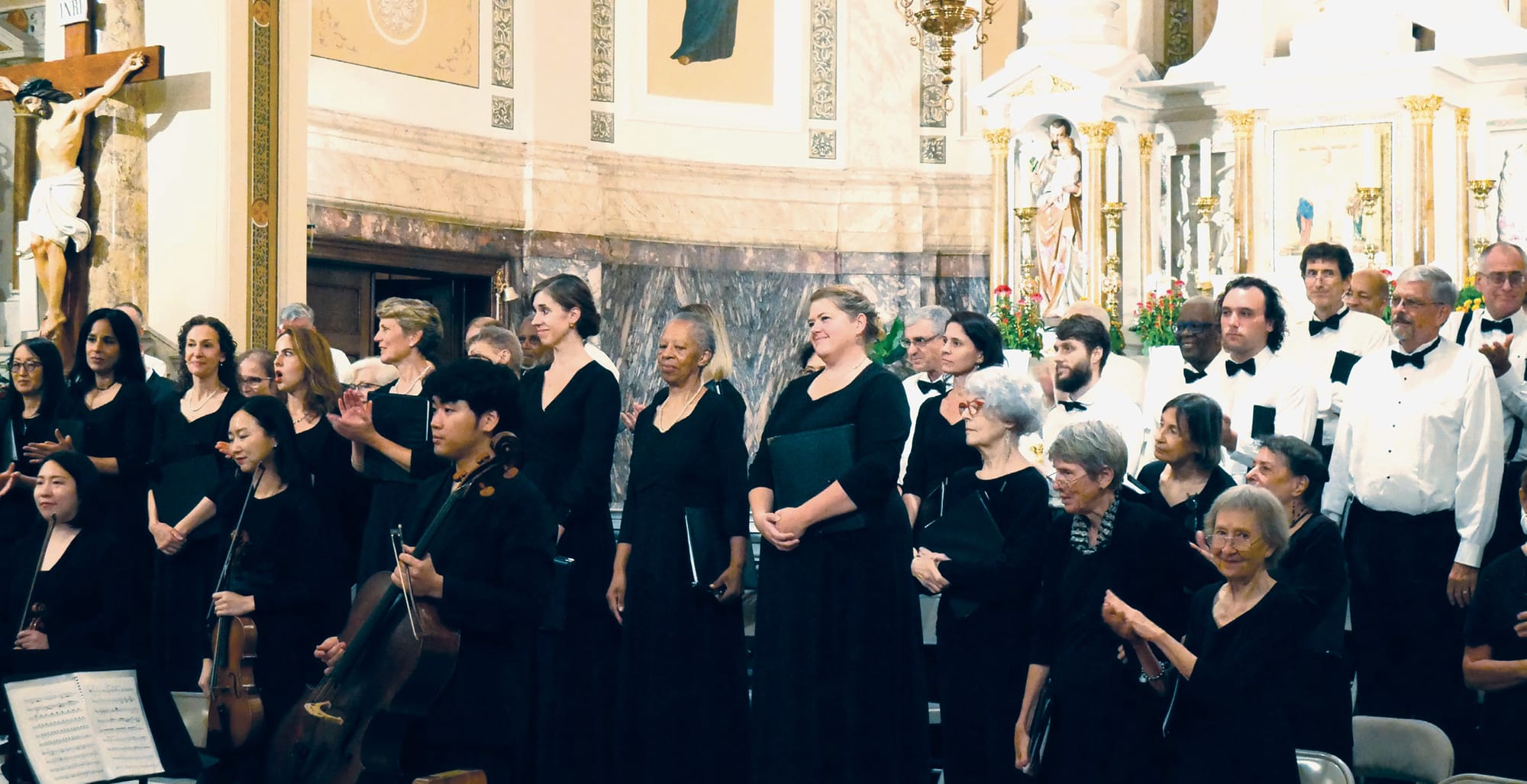
The quartet also performed two movements from Dvořák’s String Quartet No. 12 in F Major, known as the “American” and clearly resonant with American folk sounds and rhythms, also composed during his term at the National Conservatory, during which he wrote his 9th Symphony, From the New World. One of Dvořák’s students at the conservatory, William Arms Fisher, later used the theme from the Largo movement to compose the Spiritual, Goin’ Home, performed by the chorus with pianist Dura Jun.
The audience heard the origin of another American anthem, the Battle Hymn of the Republic, from an early 19th-Century choral setting of the 26th Psalm by Ukrainian-Russian composer Dmitry Bortniansky (1751-1825), to the tune of the abolitionist camp song, John Brown’s Body, finally set to lyrics by Julia Ward Howe during the Civil War. It’s a small world.

This extraordinary commemoration of the tragedy of September 11, 2001, the event that launched the forever wars of the past quarter-century which are now reaching an ominous crescendo, urges us continue the dialogue of cultures that brings our world together. Even now, a renaissance in the Classical principles of art, science, and statecraft, can rekindle the sense of justice necessary to vanquish the real enemies of mankind—poverty, ignorance, and war itself—and lead the world to the prosperity of peace.


